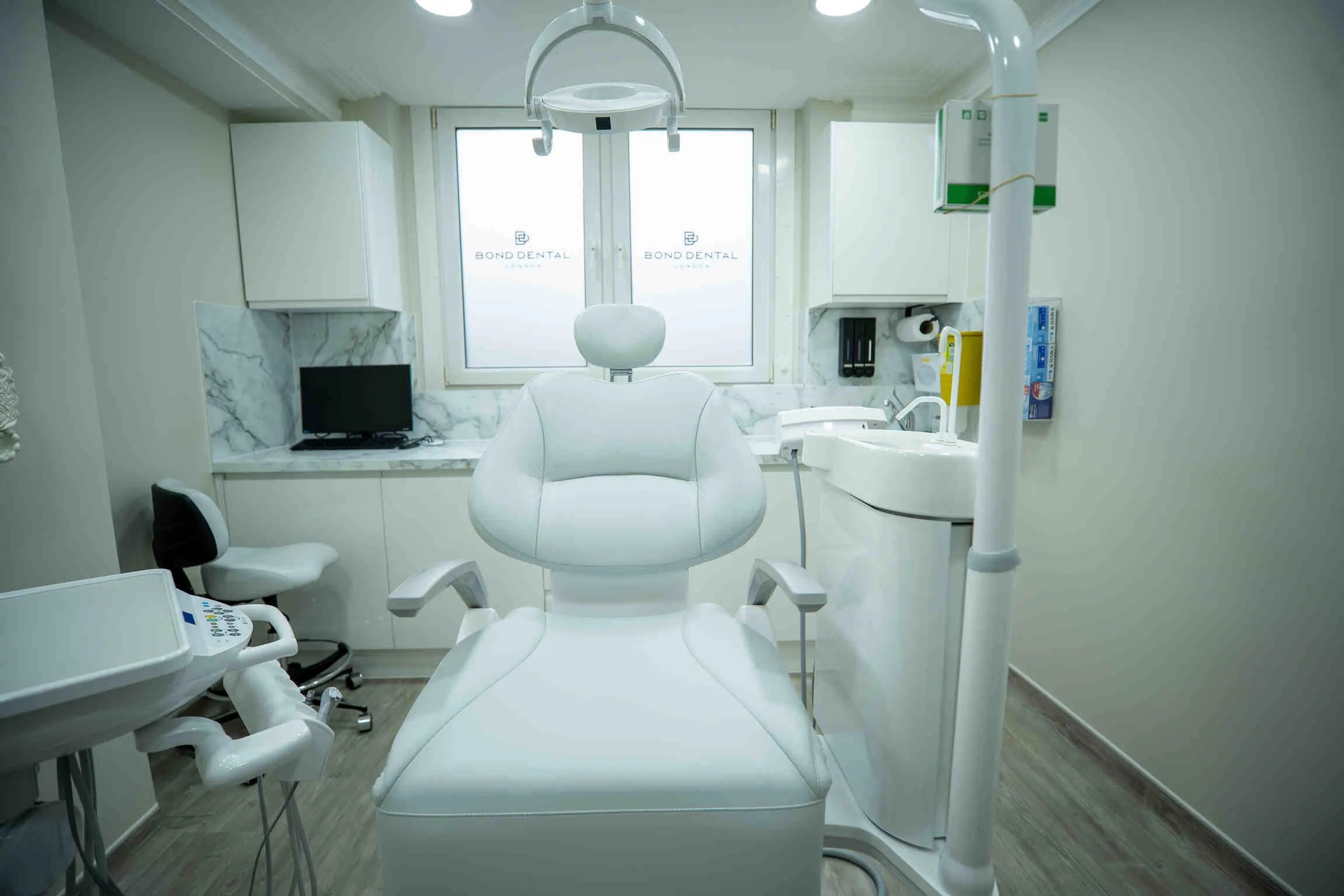Designing and fitting out a dental surgery in the UK demands meticulous planning, regulatory adherence, and a patient-centric approach. Key considerations include engaging experienced dental architects to ensure compliance and functionality, prioritising ergonomic layouts like L or U shapes for efficient workflows, and investing in high-quality equipment to enhance longevity and performance. Compliance with Care Quality Commission (CQC) standards is essential, and incorporating calming design elements can significantly improve patient comfort.
1. Engage Experienced Dental Surgery Contractors
Collaborating with professionals who specialise in dental surgery fit-outs ensures that your project meets industry standards and regulations. Experienced dental surgery contractors understand the nuances of dental practice requirements, from plumbing needs for dental chairs to compliance with health and safety standards.
Engaging specialists can prevent costly mistakes and streamline the construction process.

2. Prioritise Patient Comfort and Experience
Creating a welcoming environment is paramount. A study by the British Dental Journal highlights that patient anxiety can be significantly reduced through thoughtful design elements. Consider the following:
- Soothing Colour Schemes: Use calming colour palettes such as soft blues, muted greens, and warm neutrals to create a tranquil atmosphere. These hues can ease patient anxiety, promote relaxation, and contribute to a more peaceful and welcoming environment in any space.
- Comfortable Seating: Equip waiting areas with ergonomic seating that supports proper posture and comfort. Plush cushions, armrests, and varied seating options help accommodate different needs, reducing physical strain and making the wait more pleasant and stress-free.
- Ambient Lighting: Maximise natural light with large windows and skylights to enhance mood and reduce stress. When natural light isn’t available, opt for warm-toned LED lighting that mimics daylight, creating a soft, ambient glow that soothes rather than overstimulates.
- Entertainment Options: Distract and calm visitors with thoughtful entertainment. Offer a selection of magazines, soft music, or screens displaying serene landscapes or nature scenes. Calming content helps pass time more pleasantly and reduces anxiety during waits.
These elements not only enhance the patient experience but also contribute to a positive perception of your practice.
3. Optimise Layout for Workflow Efficiency
An efficient layout enhances both patient flow and staff productivity. Consider the following aspects:
- Zoning: Design the space with clear boundaries between public zones like reception and waiting areas, and private clinical areas. This enhances patient privacy, streamlines workflow, and helps maintain a calm, organised, and professional environment.
- Equipment Placement: Arrange essential tools and supplies within easy reach of practitioners to boost efficiency and reduce unnecessary movement. Smart placement supports seamless procedures, faster service, and improved ergonomics for clinical staff.
- Sterilisation Areas: Centrally locate sterilisation rooms to ensure all surgeries have quick, equal access to clean instruments. This strategic placement minimises cross-contamination risks, supports compliance, and enhances the clinic’s operational flow.
A well-thought-out layout minimises movement, reduces cross-contamination risks, and improves overall efficiency.
4. Invest in Quality Equipment and Materials
Picking high-quality tools and supplies may be costly in the beginning, but it has long-term advantages:
- Durability: Long-lasting infrastructure ensures reliability, supports sustainability, and maintains a professional appearance over time.
- Performance: Efficient, reliable equipment supports precision, speeds up procedures, and creates a smoother experience for both staff and patients.
- Compliance: Designing with regulatory standards in mind ensures smoother inspections and safer practices. From infection control to accessibility, compliance-focused planning protects patients, builds trust, and keeps your facility legally sound.
5. Incorporate Natural Light and Calming Aesthetics
Design elements to consider include:
- Large Windows: Install large windows to flood interiors with natural daylight, improving mood, reducing eye strain, and creating a sense of openness. Sunlight not only boosts the room, but it additionally helps the health of both patients as well as personnel.
- Glass Partitions: Use glass partitions to maintain privacy while allowing light to flow freely between rooms. These provide a trendy, airy ambiance, remove the need for daylight, and foster a more connected and inviting workplace.
- Neutral Tones: Incorporate neutral tones like beige, ivory, and soft greys to evoke a sense of calm and cleanliness. These colours make spaces feel larger and more open while helping to reduce anxiety for visitors and patients alike.
- Greenery: Bring the outdoors in with potted plants, vertical gardens, or indoor trees. Greenery softens clinical spaces, improves air quality, and adds a refreshing, natural touch that promotes relaxation and mental well-being.
These features contribute to a serene environment, benefiting both patients and staff.
6. Ensure Compliance with Regulations and Standards
Adhering to UK regulations is non-negotiable. Key considerations include:
- Health Technical Memoranda (HTMs): Following these ensures safety, efficiency, and adherence to NHS best practices, supporting the delivery of high-quality patient care.
- Care Quality Commission (CQC) Standards: CQC standards define what good care looks like. Meeting these ensures your facility provides safe, effective, compassionate, and high-quality care, while also maintaining legal compliance and boosting patient confidence.
- Disability Access: Ensure full accessibility to meet the Equality Act 2010. Creating inclusively not only meets legal requirements, but also demonstrates kindness and concern for all patients.

7. Plan for Future Growth and Technological Advancements
Anticipate future needs to ensure your practice remains up-to-date:
- Scalable Infrastructure: Design your practice with scalability in mind—future-proof it by allocating space and utilities that can support added equipment or expanded services. This ensures your clinic can grow without requiring costly renovations down the line.
- Technology Integration: Plan layouts that accommodate digital dentistry tools, imaging systems, and electronic health records (EHR). Built-in cable routes, data ports, and device docking areas allow seamless tech adoption and streamline patient care workflows.
- Flexible Spaces: Movable partitions, modular furniture, and smart design elements ensure adaptability to meet changing demands efficiently.
Forward-thinking luxury dental office design prevents the need for frequent, costly renovations.
Conclusion
Implementing these expert tips will set the foundation for a successful dental surgery design and fit-out. Focusing on patient comfort, engaging experienced dental surgery contractors, optimising workflow, investing in quality materials, incorporating natural light, ensuring compliance, and planning for the future are all critical components. Divo Interiors LTD specialising in the construction of bespoke dental offices that adhere to these requirements. Our staff is committed to providing high-quality, compliant, and attractive dental practices around the UK.



